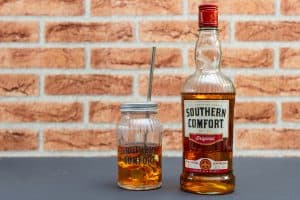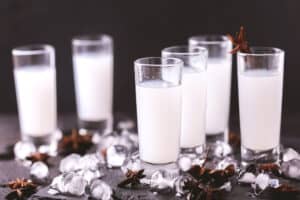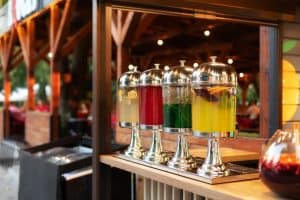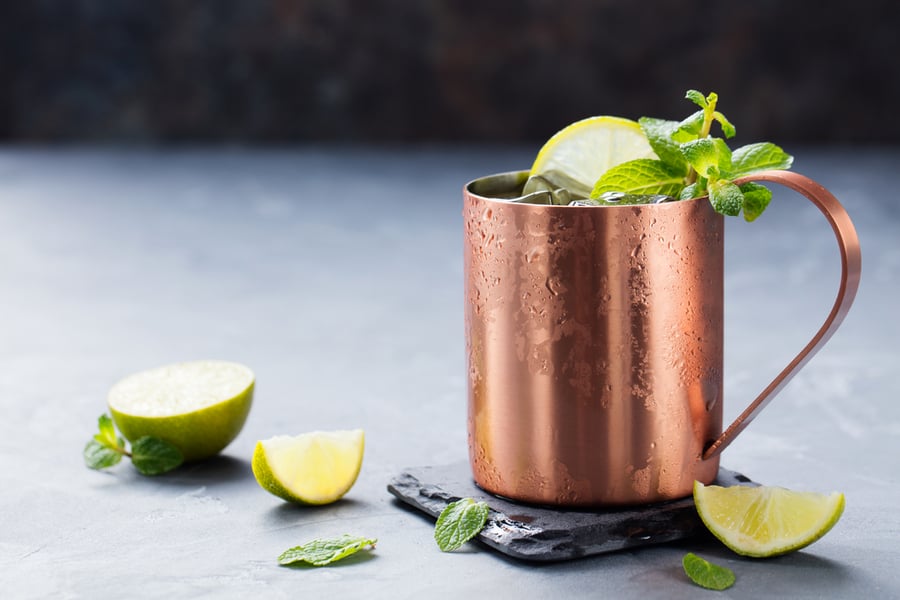
Humans have been using copper as a drinking vessel for thousands of years. Yogis in India drink from copper cups; the ancient Irish used a copper goblet called an escra. The American colonists brought copper tankards, such as the Virginia tankard, which dates to 1645.
When you mention a Moscow Mule, most immediately think of a copper mug. Why is a Moscow Mule served in a copper mug?
Scientifically, copper is an excellent conductor—it keeps cold drinks cold. The copper also interacts with the ingredients, and through oxidation, the copper cup enhances the overall flavor and aroma of the drink. When you drink a Moscow Mule in a copper mug, you honor tradition and pay homage to the creators of this refreshing cocktail.
We’ll briefly look at the science behind copper and why it makes such an excellent drinking vessel. Of course, the Moscow Mule is steeped in cocktail lore, so we’ll take a look at its origins before we dive into the details of why a Moscow Mule is served in a copper mug.
Some Copper Science
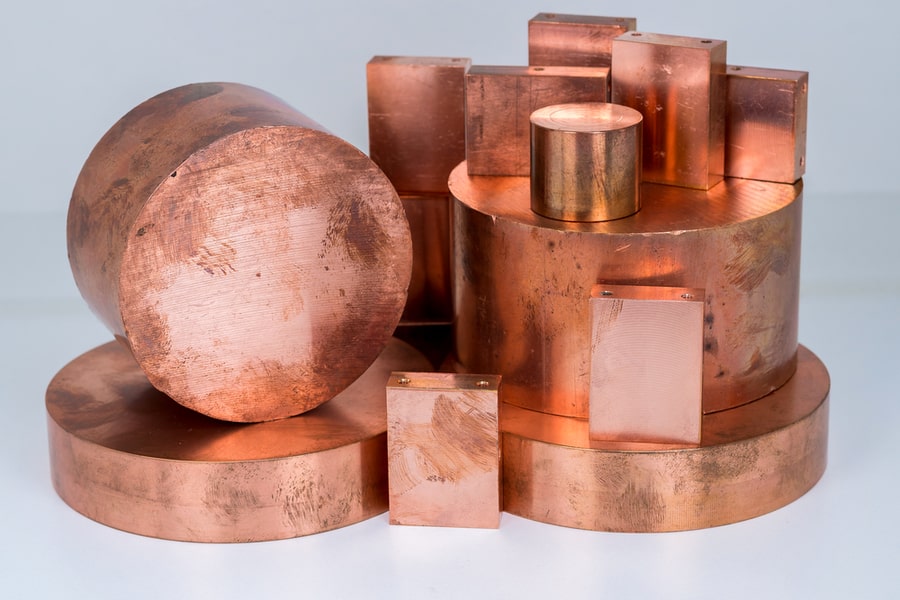
Copper is an excellent conductor. We learned in school that copper is an excellent conductor of electricity—copper wires power our appliances, computers, and other electronic gadgets.
Copper is also an excellent temperature conductor! Once the cold cocktails are mixed up and poured into a copper mug, it will take on the drink’s temperature and keep it cold.
What About Copper Poisoning?
First, to reach unsafe levels of copper and cause acute copper poisoning, you’d have to leave your Moscow Mule in the mug for 24 hours and then drink it.
Nobody would do that, and luckily, researchers conducted their experiment under laboratory conditions.
However, within a half hour, enough copper will leach into your Moscow Mule to reach levels above the safe limits set for drinking water by the Environmental Protection Agency. How much is above safe levels? 1.3 million parts per million are the short answer.
The main culprit for drawing copper into your drink is the acidity from the lime juice and especially the ginger beer.
To avoid the risk of copper poisoning, you could:
Why Is a Moscow Mule Served in a Copper Mug?
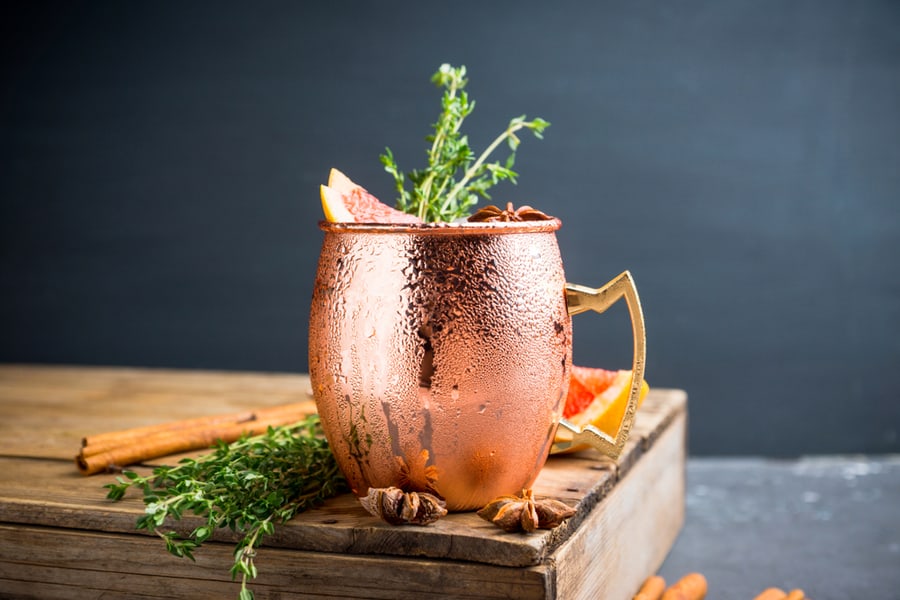
Apart from science, three other factors play a role in serving a Moscow Mule in the classic copper mug:
- Taste
- Temperature control
- An authentic experience
We’ll look at each of these factors in turn below.
1. Taste
Simply put: the copper oxidizes slightly and adds to your Mule’s aroma. The flavor advantages are more subjective and will differ depending on your chosen recipe.
However, there is evidence that using copper cups for Moscow Mules enhances the unique tastes of ginger beer, vodka, and lime.
According to some experts, when the ingredients come into contact with the cup’s walls, the copper begins to oxidize, somewhat increasing the scent and flavor of the vodka. Copper brings out the best of the three ingredients and balances them perfectly.
Additionally, when you compare a copper mug to plastic or glass, copper tends to boost the number of bubbles in the ginger beer, driving the fizziness to the next level (due to oxidation).
The extra-cold copper also brings out the lime juice, enhancing the tangy citrus flavors while decreasing acidity to complement the spicy ginger beer better.
2. Temperature Control
Temperature control is the greatest scientific advantage of employing copper mugs. For generations, drinkers have recognized that chilled drinks served in copper mugs provide an extra-cool feeling due to the metal swiftly absorbing the liquid’s chilly temperature and maintaining it.
The mug’s rim cools almost instantaneously, leaving you with a frozen feeling on your lips. The cold metal is extremely efficient in insulating the frigid temperature of any beverage.
Further, the mug’s handle also contributes to drinking temperature retention by keeping body heat from your hand away from the mug’s walls.
3. An Authentic Mule Experience
If you want an authentic experience, the copper mug is the way to go. Vintage Moscow Mule mugs are, without a doubt, the greatest way to enjoy the famous cocktail, but keep in mind that you’ll need to drink in under 30 minutes to avoid copper leaching.
The Story Behind the Copper Mug
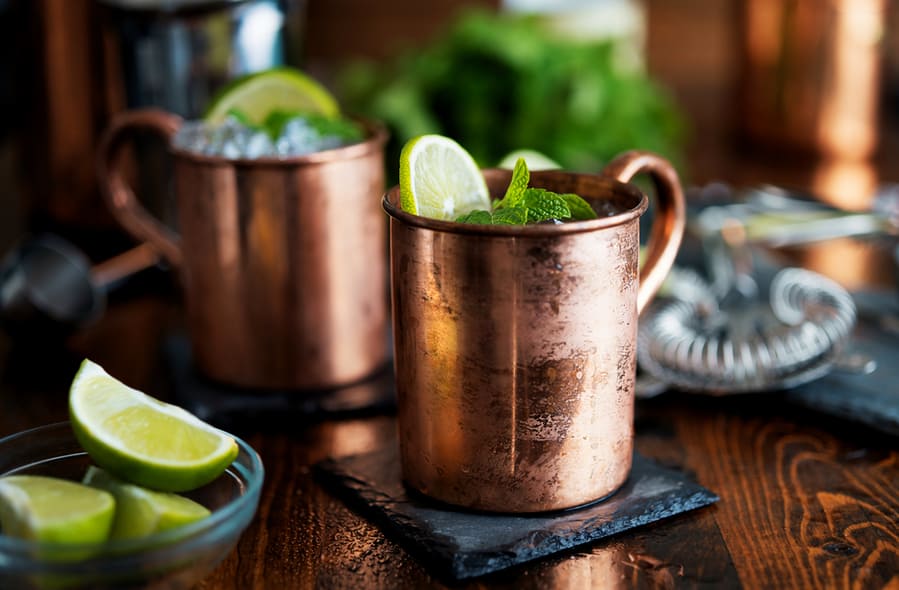
As with many cocktails, the historical details can be a bit… fizzy. Most experts agree that the story is as follows, with slight variations. The copper cup for a Moscow mule apparently began as a casual incident.
According to some bartending enthusiasts, the Moscow Mule was developed in 1940 by Jack Morgan and John Martin. Morgan owned the Cock‘n’Bull pub on the Sunset Strip in Hollywood, Los Angeles.
Martin was the new proprietor of Smirnoff vodka in the USA. According to the story, the two had problems marketing their beverages to the public.
Morgan had cases of ginger beer in his basement he could not get to sell. Martin again battled to get the public to buy his vodka. They brainstormed and came up with the Moscow Mule.
The copper mugs are a different story altogether—some sources say Morgan had a girlfriend who owned a copper factory and supplied the mugs, or she had copper mugs she didn’t want or need.
Another version says a Russian immigrant sold copper mugs to make ends meet. The person who came up with using copper mugs is unnamed, and we’ll probably never know their identity.
Either way, the mugs were imprinted with a kicking mule—if we can believe the story—that’s where the name comes from.
Conclusion
Apart from honoring a longstanding tradition, the copper mug enhances the overall flavor of the Moscow Mule’s ingredients (vodka, ginger beer, and lime juice) and adds more effervescence to the drink.
A copper mug is also an excellent temperature control measure to ensure your drink stays ice cold for a long time.


